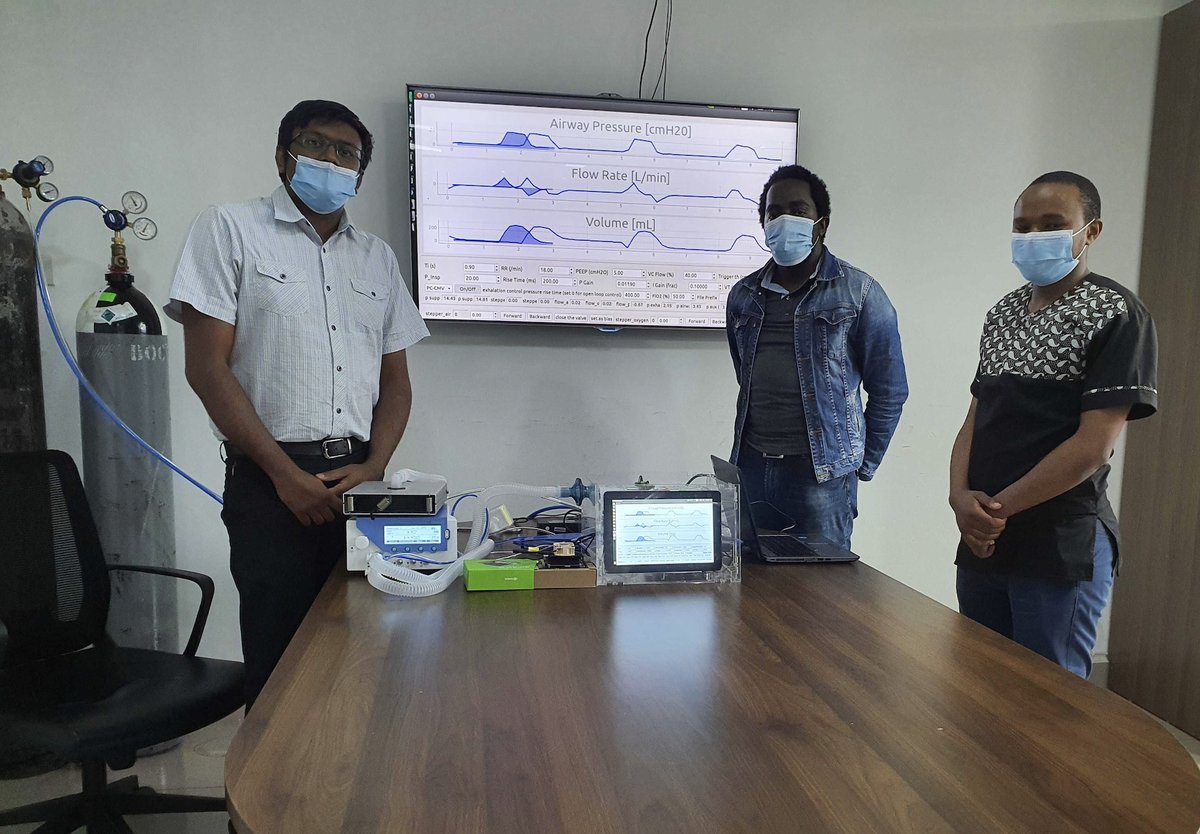[1/n] 10 days ago we first shared blueprint of O2 conservation devices in context of #OxygenShortage; today we are releasing "Anmo2l" (means priceless in Hindi) - a ready to scale open design capable of saving 50-70% oxygen during O2 therapy. See anmo2l.org details.
[2/n] The surge of COVID-19 cases in India and around the world has resulted in an acute oxygen shortage. We describe a simple, open source, and rapidly manufacturable conservation device for use with dual port nasal cannulas saving oxygen supply by almost two or three times. 

[3/n] We are looking for partners/manufacturers across world to help bring this to patients. If you have experience in local regulatory processes, we want to support you to bring this rapidly to communities suffering with O2 shortage including India/Nepal, Latin America, Africa. 

[4/n] Current estimates put the O2 demand in India at 15.8 million cubic meters or 2.2 million O2 cylinders per day. O2 delivered during patient exhalation is mostly vented to air & wasted, providing opportunity for O2 conservation by shutting flow when the patient is exhaling. 

[5/n] This has been intense 10 days.. but we are ready to start large scale clinical validation. We are looking for partner clinical groups in India/Nepal/Africa/Latin-America to grow the current clinical team - we intend to collect extensive validation data prior to approval. 



[6/n] The current design keeps the current supply chain in mind; with alternative components accessible for all key components. In larger scale, we believe we can bring cost per unit to be lower than ~$50. The device also has "fail-open" in case of loss of power. 

[7/n] It has been an incredible last 10 days - to go from idea to product - led by @hongquan_li @deepak_me90 @anesta_k @lietk12 in the lab - & incredible support from @mlipnick David Gaba, Ruth Fanning & clinicians & engineering team @IndiaCOVIDSOS & more anmo2l.org/team 

[8/n] We still need a lot of support to get this to the last mile - if you are interested in helping us scale this to all corners of the world; please do reach out. We can use all the help.. anmo2l.org/support
[9/n] For folks looking for technical details - here is a PDF file we have posted to MedRxiv: anmo2l.org/documents/medr… Once it is available online, will share the MedRxiv link.
• • •
Missing some Tweet in this thread? You can try to
force a refresh





















